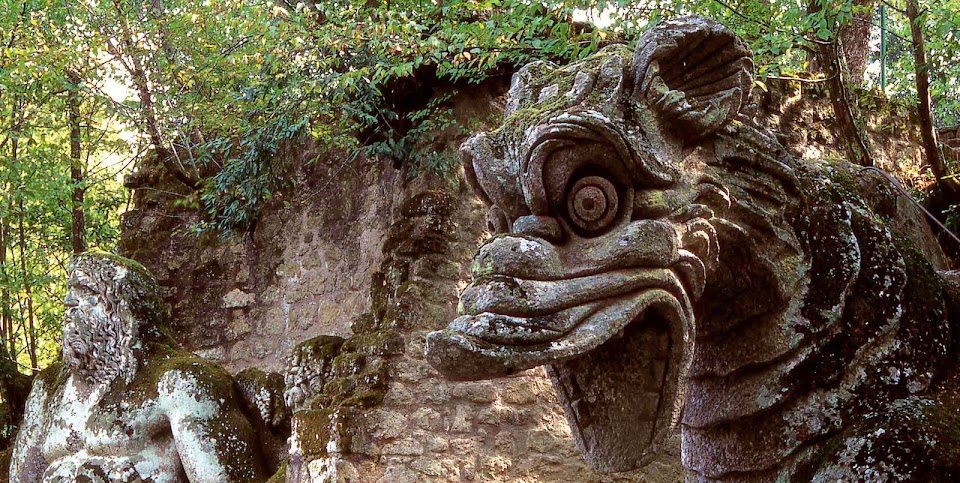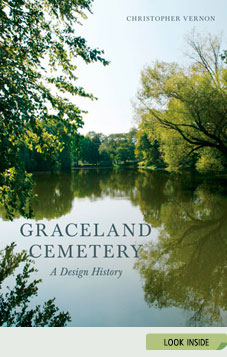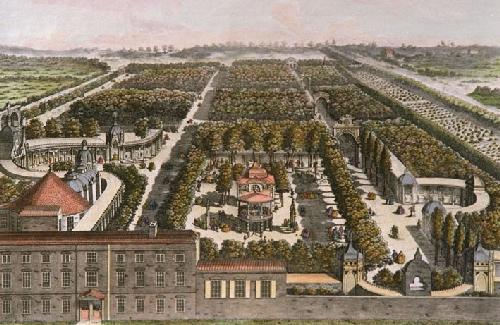I am very proud to announce the first (of what I hope will be many) guest posts on this blog. Today's contributor is Sarah Wilson (@swilson09 on Twitter) and I am particularly interested in the subject as my aunt worked for a time as a gardener at Great Dixter. Take it away, Sarah....
 |
| Great Dixter – the Great Barn & Oast Houses |
The historic Great Barn and 19th-century Oast Houses at Great Dixter have been opened to the public for the first time ever this month. The barn, originally used for storing and processing crops, was built by local nobleman Robert de Etchingham and dates back 500 years. The oast houses, used for drying hops before they were pressed into sacks, were last used in 1938.
 |
| The Restored hop press |
The buildings have been carefully restored by knowledgeable craftsmen to ensure the character and authenticity of the structures remains. The interiors are stripped down and unadorned to allow visitors to see the skeletons of the buildings and appreciate the construction methods used to create them, including the wattle and daub and weatherboarding of the walls. The original floor has been recreated in the Great Barn and some of the original oak frame timbers remain.
 |
| The barn bears many inscriptions by past workers |
The house and outbuildings have proved to be a treasure trove of artefacts, a testament to the waste-not-want-not attitude of Christopher Lloyd. Head Gardener, Fergus Garrett, can tell many anecdotes about the various gardening paraphernalia, pre-World War II foodstuffs and other odds and ends that have been unearthed at Great Dixter. The newly opened buildings provide a fitting home to display some of these historic items.
The Lloyd family and the subsequent caretakers of Great Dixter have worked ceaselessly to preserve the essence of the site and to maintain the link with its farming origins. The house and gardens are noted for their importance as an example of the Arts & Crafts style, but The Great Barn and Oast Houses provide the public with an insight into the history of the estate before the Lloyds took possession and how this history influenced the way in which it was developed. Further details can be found on the Great Dixter website.
























